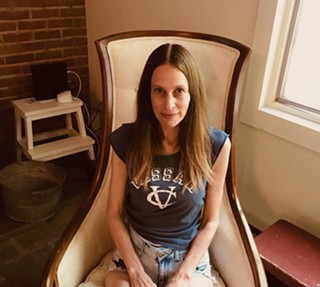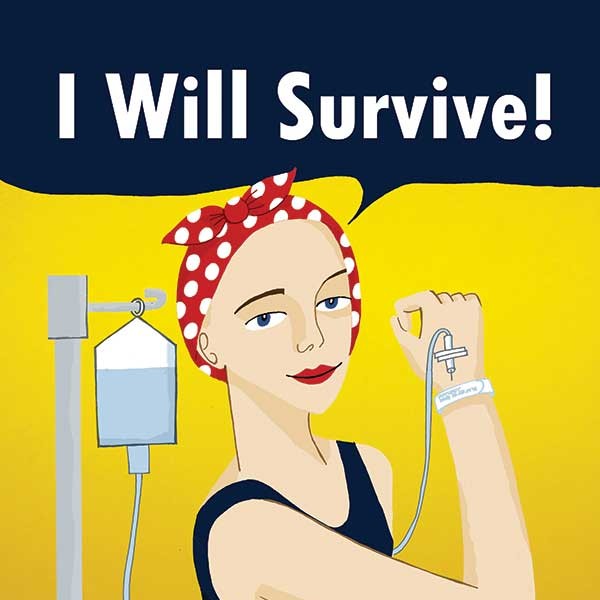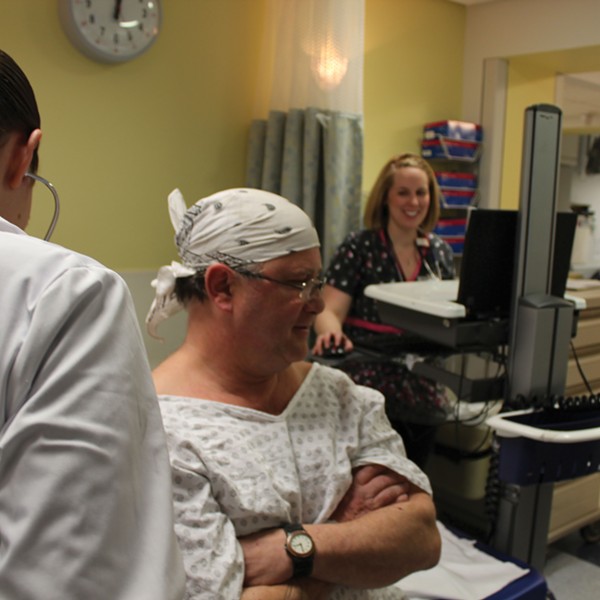The risks of the low-dose CT procedure itself are very minimal. "You do get some radiation," says Connery, "but it's less than one-third of the annual radiation that you get just from walking around the planet." The key is to make sure you're getting a low dose—and the scan can be adjusted to put out less radiation than a mammogram. "Nobody has shown that having mammograms for 30 years causes any problems," adds Henschke. "If you get low-dose [radiation] over the years, there's really no quantifiable risk." Annual follow-up is essential, as many people have small, noncancerous nodules in the lung that are nothing more than souvenirs from a previous infection. Doctors can confirm their benignity when these nodules show no growth on repeat scans year after year. Beyond cancer screening, low-dose CT scans have added benefits: They can help detect evidence of emphysema, coronary calcifications (heart disease), and other health scourges.
It's Hip to Be a Quitter
Tens of thousands of cancer deaths could be avoided every year if only people didn't light up cigarettes. Smoking increases your risk of not only lung cancer but also about 15 other cancers as well, from cancers of the mouth and esophagus to the colon and rectum. (Of course, it's not just cancer: A new report from the US surgeon general, released in January, found that smoking is even more harmful than previously thought and causes diseases in almost every organ in the human body.) "The number one way to prevent cancer is not to smoke," says Sandi Cassese, vice president of oncology services at Health Quest. "Tobacco causes at least one-third of cancer deaths, and 16 percent of adults in New York still smoke, which is a huge problem."
The new lung cancer screenings present an opportunity for health care providers to chip away at this statistic, one person at a time. "We need to give smoking cessation advice to everyone who comes in," says Henschke. "When you tell a smoker, 'Your lungs look okay, but you're better off quitting,' or 'You have emphysema, you should quit'—these are powerful motivators. It should be part and parcel of the screening program. We've shown that the quit rates are very good, if you keep encouraging the person every time you see them."
Smoking is, of course, highly addictive—more addictive than heroin, they say. The path to quitting can be circuitous and riddled with dead ends. "I probably tried to quit a thousand times," says Linscott, who finally succeeded about four and half years before his cancer diagnosis. "I tried the patches, the nicotine gum, all that. What did it was [the prescription drug] Chantix; it took three tries, but it finally got me off the cigarettes. It takes away the pleasure. Smoking became mechanical—it became boring." Likewise, Henschke encourages her patients to keep searching for the method that works, whether it's a buddy, a hypnotist, acupuncture, or an Rx. "If one way doesn't work, try another. Never stop trying."
When Something Strange Is in the Air
Smoking is the main culprit in lung cancer, but it's not the only culprit. Nonsmokers get lung cancer too; reasons can range from exposure to radon gas, asbestos, or secondhand smoke, to gene mutations and genetic predisposition. Two-thirds of the nonsmokers who get lung cancer are women—and the medical world hasn't figured out why the female population is more susceptible. Other mysteries have physicians scratching their heads in wonder. "In one generation we've witnessed an entire turnaround in the type of lung cancer that we're seeing," says Connery. "It used to be that the most common type of lung cancer was squamous cell carcinoma. We much less frequently see that now. By far the most common lung cancer is adenocarcinoma. Why does that change in one generation? Humans are not going to evolve that quickly."
Ongoing research is critical to unraveling enigmas like these. And for the wider population that gets lung cancer, we may need low-dose CT scan screenings as well to catch tumors earlier and reduce mortality. "Our program [at Vassar Brothers Medical Center] has a specific research component where we are accepting people who have different levels of smoking, different ages, than the standard group that's been approved [for the low-dose CT scan screening]," says Connery. "We're also looking at family history, environmental exposures, and the use of certain biomarkers on blood tests to see if we can identify a group of patients who may benefit from CT screening." (People at risk can call to see if they qualify for a low-dose CT screening that's covered either by health insurance or Medicare, or available at a $99 reduced rate through the clinical study at Vassar Brothers Medical Center: (845) 483-6920 or toll-free (844) 224-LUNG. Or at White Plains Hospital, call the Lung Cancer Screening Program at (914) 681-2365.)
















